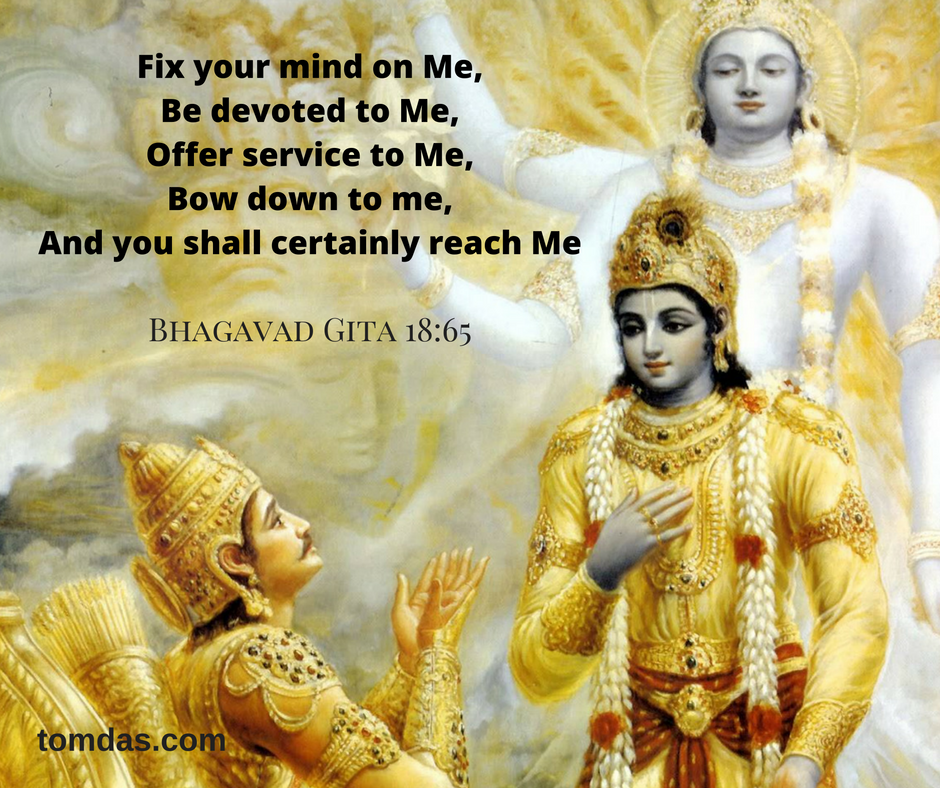Links zum Thema Hinduismus / Hinduism
Literatur
- Paramahansa Yogananda [Mukunda Lal Ghosh] [BW 540] (1893-1952) bengalisch-indischer hinduistischer Weiser, Yogi, Philosoph, Schriftsteller, Autobiographie eines Yogi. Das Lebenszeugnis des großen indischen Meisters, der zum Mittler zwischen westlicher und östlicher Religiosität wurde, Self-Realization Fellowship, Nachdruck der 1. Auflage Oktober 1998
- Paramahansa Yogananda [Mukunda Lal Ghosh] [BW 540] (1893-1952) bengalisch-indischer hinduistischer Weiser, Yogi, Philosoph, Schriftsteller, Die ewige Suche des Menschen. Gesammelte Vorträge und Essays 1, Self-Realization Fellowship, September 2001
- Eckard Wolz-Gottwald, deutscher Autor Die Bhagavadgita im Alltag leben. Die vier großen Übungswege des Yoga, ViaNova Verlag, 7. April 2022
Literature (engl.)
- Paramahansa Yogananda [Mukunda Lal Ghosh] [LoC 540] (1893-1952) Bengalian Indian Hindu sage, yogi, philosopher, author, translator and commentator of The Bhagavad Gita, Autobiography of a Yogi, Self-Realization Fellowship, Thus, 1st edition
12. December 1946
↑
Externe Weblinks
External web links (engl.)
↑
Audio- und Videolinks
Audio and video links (engl.)
- Video interview with Deepak Chopra, M.D. [LoC 500⇒LoC 195] (*1946) Indian US American physician, endocrinologist, public speaker, Harvard lecturer, self-help writer on mind-body medicine, Who are you?, presented by the US American web portal Big Think, 7:04 minutes duration, posted 9. November 2007
- Including When did you first read the "Bhagavad Gita"?, 5:11 minutes duration
↑
|


